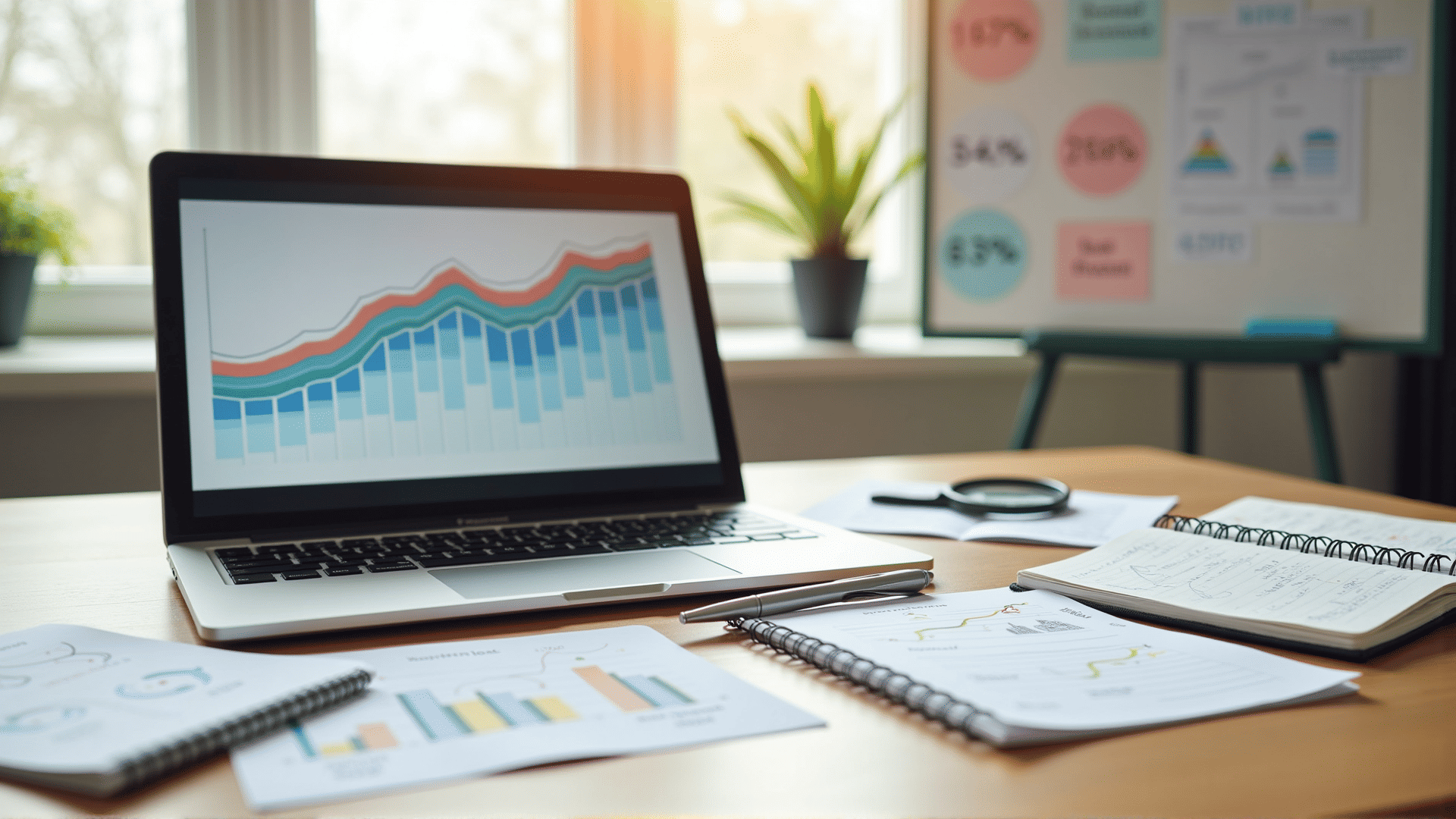Understanding key economic indicators is crucial for anyone looking to grasp the broader economic landscape and its potential effects on various sectors. By analyzing these indicators, individuals can make informed decisions regarding market dynamics and policy changes.
Understanding Economic Indicators
-
Gross Domestic Product (GDP): Often considered the most comprehensive measure of a country's economic activity, GDP represents the total value of all goods and services produced over a specific time period. A growing GDP indicates a flourishing economy, while a shrinking GDP may signal economic challenges.
-
Unemployment Rate: This measures the percentage of the labor force that is without work but actively seeking employment. High unemployment can signify economic distress, affecting consumer spending and, by extension, the economy's health.
-
Inflation Rate: Typically measured by the Consumer Price Index (CPI), inflation represents the rate at which prices for goods and services rise, eroding purchasing power. Moderate inflation is a sign of a healthy economy, but hyperinflation or deflation can lead to economic turmoil.
-
Interest Rates: Set by central banks, these influence borrowing costs. Lower rates can stimulate economic activity by making borrowing cheaper, while higher rates may help control inflation but can dampen economic growth.
-
Consumer Confidence Index (CCI): This gauge measures consumers' sentiment about the economy's current and future state. High confidence levels often correlate with increased spending, while low confidence can lead to reduced economic activity.
-
Industrial Production: This indicator tracks the output of the industrial sector, including manufacturing, mining, and utilities. Growth in industrial production signals economic strength, while declines might suggest a slowdown.
-
Retail Sales: This measure reflects the total sales of goods and services by retailers and is a significant indicator of consumer spending behavior. A rise in retail sales points to a robust economy, as it suggests higher consumer demand.
Interpreting the Impact
-
Policy Decisions: Governments and central banks closely monitor these indicators to guide monetary and fiscal policies. For instance, they might adjust interest rates or implement stimulus packages based on GDP or inflation trends.
-
Market Reactions: Markets respond swiftly to changes in these indicators. Sudden shifts can lead to adjustments across various sectors, influencing prices and economic forecasts.
-
Long-term Planning: By understanding trends in these indicators, individuals and businesses can make more informed decisions regarding spending, savings, and strategic planning.
Conclusion
Decoding economic indicators requires an understanding of their interconnected nature and how they collectively influence the economy. By staying informed, individuals enhance their ability to navigate economic complexities and make strategic decisions aligned with broader economic trends.
